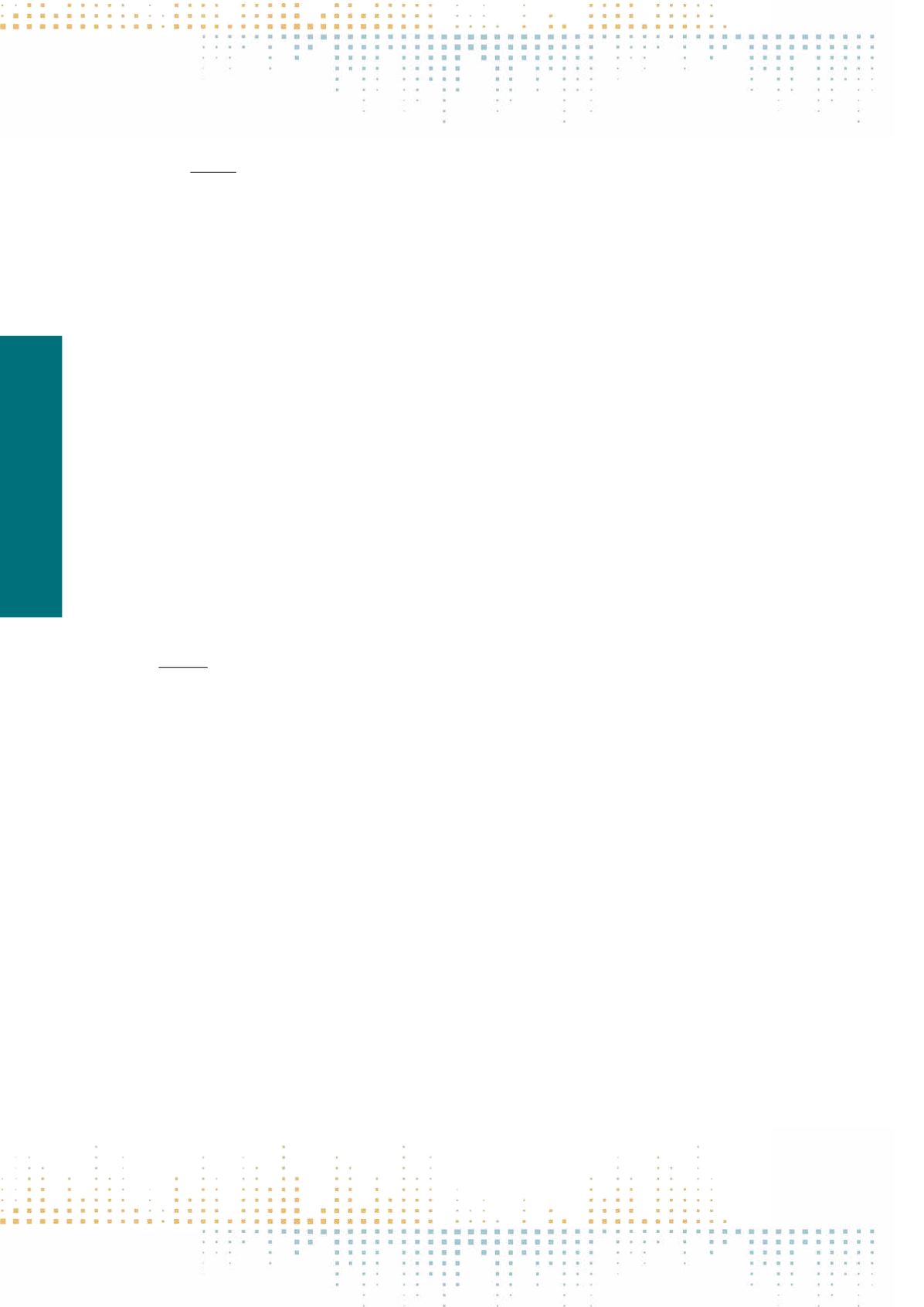

136
Thursday, November 10
1 1 : 0 0 – 1 2 : 3 0
PP 076
Towards a Theory and Method of Communicative Power in Media Policymaking
C. Ali
1
, M. Puppis
2
1
University of Virginia, Media Studies, Charlottesville, USA
2
University of Fribourg, Media and Communication Research, Fribourg, Switzerland
Communication in the policymaking process – between policymakers and industry, between policymakers and the public, and between industry and
the public – has been of interest to political scientists for the better part of a decade. Lamentably, if not also ironically, the conceptualization and analysis
of communication in the media policymaking process has yet to garner much attention by media policy scholars either in Europe or abroad. This neglect
has significant implications for the study and analysis of the regulation of communication and media industries, since these industries represent not only
the regulated parties, but also control the avenues and platforms by which mediate communication occurs. In other words, media policymakers depend on
the platforms provided by media companies to distribute their message (i.e. news), and in turn, media companies can mobilize their platforms to support
their policy positions. This leads to the potential for bias in the reporting of policy issues (McChesney, 1999), refusal by news organizations to cover policy
issues –what Freedman (2014) calls“policy silence”(Freedman, 2014) and/or the discursive capture of the policymaking process by the regulated industries
(Pickard, 2015). Heretofore, those interested in bias, silence and capture, namely critical political economists have yet to connect their concerns with the role
that communication plays in policymaking. We address this paucity by introducing a theoretical and methodological framework that centers on the inter‑
section of communication and power in media policymaking. More specifically, we begin with the findings of a meta-analysis of the intellectual traditions
of critical studies of power, political economy, policymaking, and new institutionalism, to situate previous work on communication in media policymaking
and the ability of regulated industries to engage in policy bias, silence, and capture through their immediate access to the means of communication.
Drawing again on these aforementioned fields, this paper then builds a novel theoretical and methodological approach to understand and investigate
the role that communication plays in the media policymaking process. The theory and method of communicative power in policymaking is subsequently
grounded in an example taken from a recent discursive and regulatory battle in Canadian broadcasting policy (the“fee-for-carriage”debate) to demonstrate
how regulators and the regulated mobilize private and public communication to achieve their regulatory goals. While we use a North American example,
our approach is not nation-specific and we therefore conclude this paper with a call for further research in various national and supranational contexts to
encourage the development of a fuller understanding of communication and power in the policymaking cycle. Works Cited Freedman, D. (2014). The con‑
tradictions of media power. London: Bloomsbury McChesney, R.W. (1999). Rich media, poor democracy: Communication politics in dubious times. Urbana:
University of Illinois Press. Pickard, V. (2015). The return of the nervous liberals: Market fundamentalism, policy failure, and recurring journalism crises.
The Communication Review, 18, 82–97.
PP 077
Imagining the Internet: The Use of Metaphors, Images and Similes in the Argumentation Over the Future of Online Audiovisual Services
A. Schejter
1
, N. Tirosh
1
1
Ben-Gurion University of the Negev, Communication Studies, Beer Sheva, Israel
Metaphors, images and similes have a major influence on designing information policy. The history of media regulation is rampant with such images as
“the marketplace of ideas,”“the information superhighway,”and“cyberspace.”Yet, while descriptions, comparisons and representations can serve to simplify
an explanation, and to illustrate what words sometimes cannot, they can also serve to ideologize an argument, while obscuring its ideological bent. Indeed,
images can project hidden messages that can help overcome resistance to an idea which raises unflattering associations or connotations. One major power
of metaphors is their ability to help explain transition and change. Indeed, the media have been changing before our eyes in the past two decades – since
the privatization and commercialization of the Internet – however the general inability to fully grasp the reasons for the technological wonder it presents al‑
lows those debating the appropriate policies for its oversight to employ simplistic descriptions in order to craft convincing arguments. One major policy shift
in need of a good metaphor is the introduction of audiovisual services over the Internet.What has been described in its nascent stages as“InternetTV”or“TV
like”services, in itself a metaphoric use of one technology to describe another, has since defied its conceptual roots as it emerged to be a far more complex
service than that which the old technology could encompass. In 2014, the Israeli government appointed a committee of experts in order to propose a policy
regarding the future regulatory framework vis-à-vis commercial audiovisual services. The committee’s charge bundled reference to broadcast, cable and
satellite television, with the mention of the structure of regulatory bodies, through the mentioning of the advertising market, and all under the metaphor
of the need to create a“leveled playing field.”During the year in which the committee operated it received more than sixty documents from the public, pre‑
dominantly from stakeholders in this burgeoning market, among them television networks, cable operators, internet platforms, civil society organizations,
and bodies representing the laborers in this field such as actors, filmmakers, producers and writers. Not surprisingly, many of these documents as well as
the oral arguments that followed them contained a variety of images of the Internet. In this study we use a qualitative content analysis to identify, present
and scrutinize the ways in which the internet was presented in these arguments. Reviewing the written and oral documents as well as the questioning and
exchanges between the committee members and the stakeholders as arises from the verbatim minutes available to the public, the study demonstrates
the role of the images of the internet in the design of policy argumentation as well as in the design of the policy itself.



















